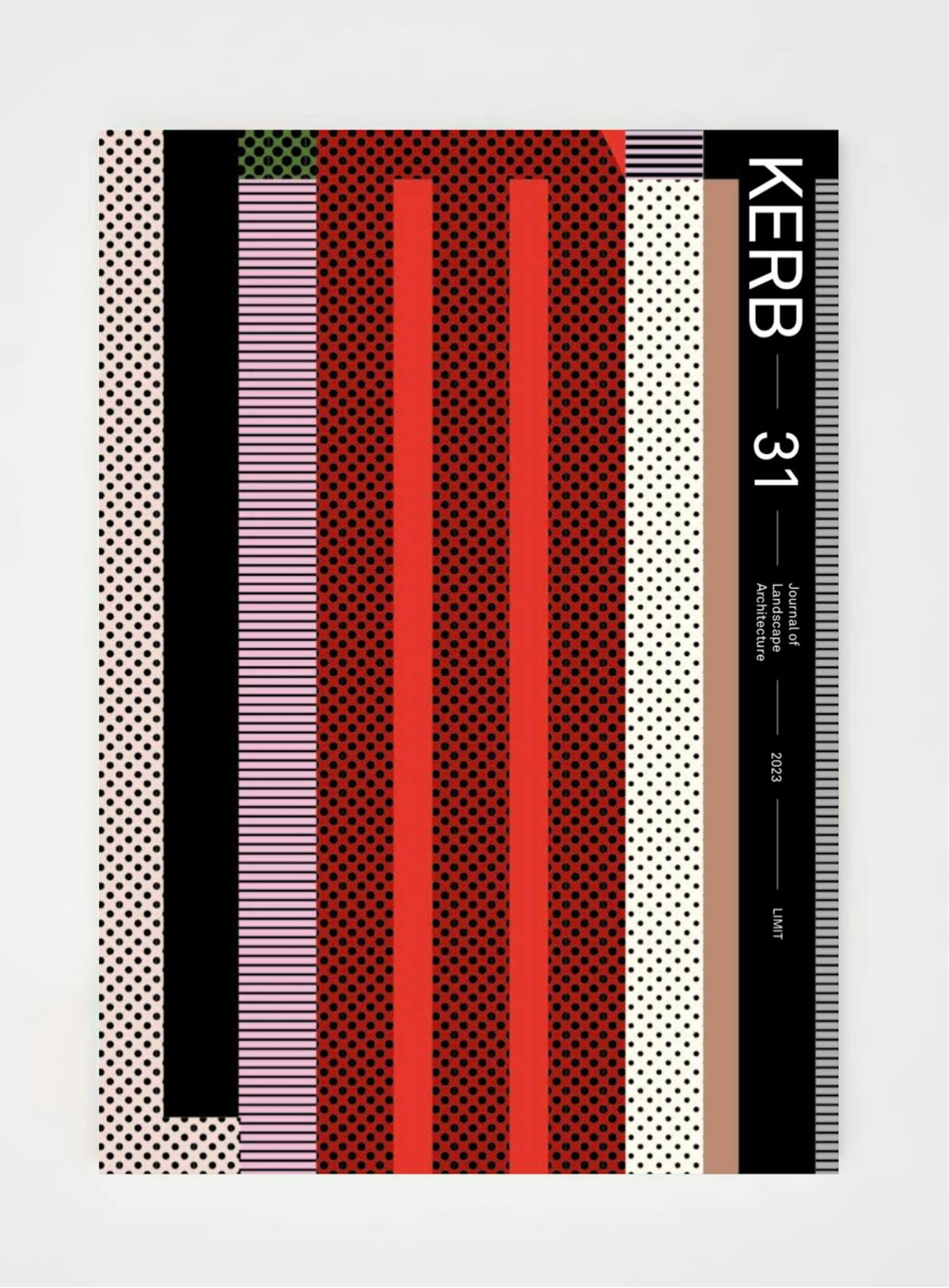How to make overload a recipe
Ingredients:
- You
- The world
- Landscape architecture
Method:
- Preheat your system with global warming.
- Prepare your main ingredient, politcal unrest. Let it air for too long that it becomes pungent.
- Fold late stage capitalism, social injustice and environmental degradation into the bowl. The overload should be becoming thick and heavy.
- Crack technology into the bowl, sifting the internet and your selected social media through as you whisk. Whisk aggressively, whisk efficiently. Whisk faster than your brain can handle. Add a dash of a global pandemic to really fizz things up.
- Season with empathy and compassion to really bring out the flavour… if your stocks are running low, the zest of anxiety should do the job.
- Put it in the oven… It’ll let you know when it’s ready.
The portions in the recipe may change a bit due to personal taste… but overload is increasingly becoming engrained in many of our diets.1
Kerb Journal is not retrospective, but a reflection of the current conditions. We are in a time in which despair and hope dance the tango as the world evolves. Through the lens of landscape architecture, where systems and relationships are so pertinent, the urgency of everything, everywhere, all at once can hinder how“we understand and articulate design and its capacity to contribute to the world that we manifest or destroy.” Laurene Vaughan
Kerb 31 seeks to examine how acknowledging limits can be used as a way of mediation in this condition of overload. This year’s journal aims to celebrate limits by considering themes of landscape architectural discourse through diverse perspectives. The editorial team reflected that the concept of a ‘discipline’ is increasingly becoming outdated. As evolving digital tools and softwares test the relevance of traditional modes of practice, the complexity of social and environmental concerns cannot be resolved through singular lenses. The act of meaningful, equitable collaboration beyond the realms of colonial constructs of ‘discipline’ are essential in articulating design for the future. The editorial team would like to acknowledge that there are missing voices in this publication and in particular would like to draw attention to the importance of listening to, learning from and collaborating with First Nations communities for a sustainable future. On a global scale, it is time to move beyond colonial narratives of destruction and oppression.
Rather than circumscribed or being categorised by limits, but considering what our relations are along that process, the journal hopes to reflect limits not as a static boundary; but one that is dynamic and malleable, necessitating a constant negotiation of actions, roles, and responsibilities. The journal attempts to reach across boundaries in line with the thematic to bring together a collection of contributors who bring unique perspectives and ways of portrayal to explore limits, while not being an information overload.
Embracing, questioning and expanding the limits we encounter requires us to become vulnerable to ourselves. By acknowledging limits, we can allow ourselves to navigate the intricacies of the act of designing, with integrity and receptivity.
Embracing limits is explored through a selection of articles that recognize and accept tangible and intangible limits, in order to articulate a response to a condition. From the scale of the self, with Ella Gauci-Seddon discussing the importance of recognising the limit of yourself in the process of designing for others; to the scale of a landscape, in which Teresa Moller raises the importance of the boundary of a landscape as a point of integration, not demarcation; the selection highlights embracing a limit as potential for growth, adaptation and beneficial response.
In an age of increasing acceleration, questioning limits that exist within the frameworks of practice and continuous development, creates an intentional delay to our responses. It gives room to unload, to question our modes of working, our systems of thinking and our ways of learning. Our contributors questioned bending rules with Mike Hewson challenging the status quo, Millie Cattlin and Joseph Norster tested ideas of shifting pedagogies, as others question how we continue to evolve our work in an increasingly threatened landscape.
Expanding limits, has been captured by the acknowledgement of limits. Through the act of acknowledgement we are recognising the existence, the truth, or the facts. There may be differing views through subjective opinions, but that does not make one unworthy, as limits are dynamic and can be influenced. Expanding limits concedes climate change, as Bert De Jonghe and Ligia Poplaska explore how we adapt to the expanding nature of limits. This quest of articles brings provocation to the readers to further think; how do we work within, or break the limits of communication through the production of our work? How do we expand into new territories that interrogate the processes set upon us?
In a landscape of limits, we can perceive the physicality of nature as an intangible prospect. The landscape challenges us to confront our boundaries, negotiate our roles, and cultivate meaningful relationships within and beyond our discipline. In doing so, we lay the foundation for a landscape architecture practice that not only pushes boundaries but does so responsibly, ethically, and sustainably.
We hope the publication brings perspective that limits are not necessarily something that should constrain you, but through reacting to them, we can become catalysts for change. In a condition of overload, a limit is a point of navigation. Enjoy.
Footnotes
-
Even since this theme was conceived and editorial was written (August 2023), the intertangle of these systems has culminated beyond what we perceived at the time; the failure of the Voice referendum in Australia… global witness of death and destruction in Gaza… exponential cost-of-living prices… extreme housing crises’… exposure of supermarket monopolies… navigating overload to take action is increasingly becoming more urgent. ↩
